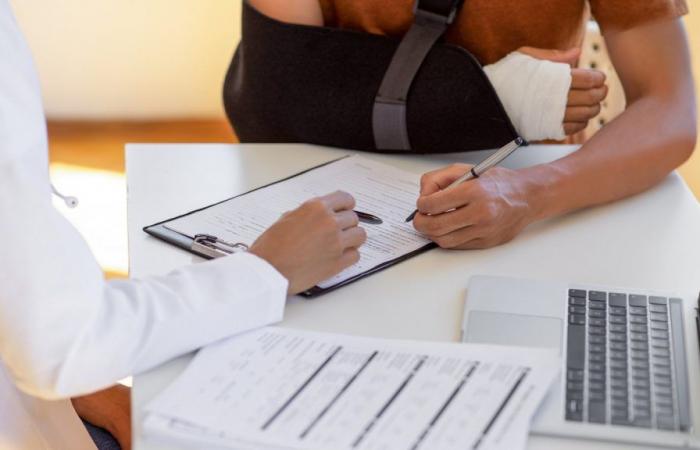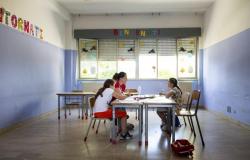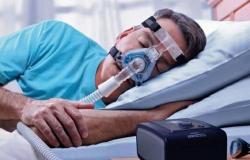(edited by the lawyer Francesco D’Amora and of the lawyer. Federica Giannetti)
The reports of accidents at work submitted to Inail as of 31 May 2024 were 251,132 (+2.1% compared to May 2023 but a decrease of 22.4% compared to the same period in 2022), with an increase significant number of occupational diseases reported, 38,868 (+24.0%). There was also a significant increase in accidents occurring on the way to work (so-called accidents on tour); in particular, reports of fatal accidents (especially those resulting from multiple fatal accidents) were 369 (+3.1%). The Inail data just published outline a scenario of increased accidents, which requires a reflection on the current legal instruments: are they adequate? What innovations are needed to prevent the growth of accidents related to the work environment?
In the reference regulatory framework, an element of discontinuity with respect to the past is certainly represented by the recourse to smart working. Adopted by companies during the pandemic and still widely used today, it smart working it is a way of carrying out work performance that requires rethinking the concept of the place where work performance is carried out and, consequently, the rules regarding accidents at work, especially accidents on tour.
The use of new technologies and increasing digitalisation have made the definition of the workplace increasingly unstable and, consequently, the delocalisation of performance has gone beyond the boundaries of the so-called workplace. In smart working the employer must in fact ignore the place where the work activity is carried out, imposing only negative limits on the employee, such as not working in environments where the confidentiality of data processed from abroad is not ensured or at an excessive distance from the company headquarters to allow for a quick return, in case of need.
Due to the changing concept of workplace, it is clear that there is a need to rewrite the rules on accidents at work. The current tools, in fact, are not adequate for the context in which we find ourselves, limiting themselves to using an analogical application of accident on tour to carry out the activity in smart working. Such reasoning, however, does not take into account the absolute discretion of the employee with regard to the choice of the place from which to operate or the means of transport used, with problems related to elective risk and safety at work.
All this without the employer and consequently INAIL being able to map the accident risks linked to these relocations, precisely because there are no legal instruments that allow the phenomenon of remote working to be managed.
It would therefore be desirable to have a legislative intervention that abandons analogical reasoning and rethinks the employer’s health and safety responsibilities, taking into due consideration the impact of the employee’s free choice in terms of smart working.
The Court of Auditors also proposed “the rules update” among the areas in which it is necessary to intervene urgently to mitigate the phenomenon of accidents at work (in addition to strengthening controls, enhancing financial support and optimizing resources). The challenges that smart working launches to traditional categories in terms of accident prevention protection are many: the boundaries between accidents at work, accidents on tour and non-compensatable injury are increasingly uncertain, given the mix of times and places of private life and times and places of work, the so-called “time porosity”, specie per i “digital working nomads”.
It is therefore necessary for the legislator to adapt the reference legislation to the increasingly rapid and significant changes, determined by smart working, adapting the concept of the accident in itinere also to remote work, introducing limits to INAIL coverage and better drawing its boundaries. The current situation of regulatory vacuum, on the contrary, seems to favor the risk of accidents, as demonstrated by the data just released.






